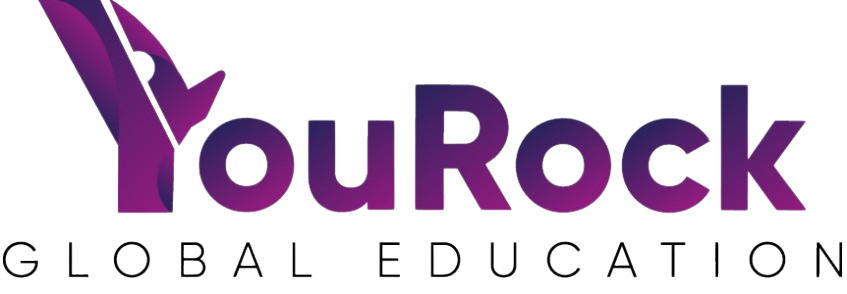Mastering the Technical Implementation of Advanced Personalization Strategies for Push Notifications
Effective push notification personalization hinges on integrating user data seamlessly with notification delivery systems. While basic segmentation and content crafting are foundational, the real competitive advantage lies in how you technically implement these strategies through robust APIs, machine learning models, and automation workflows. This deep-dive explores concrete, actionable steps to elevate your personalization efforts, ensuring your notifications are not just timely but precisely tailored to individual user behaviors and preferences.
a) Integrating Push Notification APIs with User Data Platforms
To achieve granular personalization, your push notification system must communicate effectively with your user data platform (UDP) or customer data platform (CDP). This integration enables real-time data flow, allowing dynamic content and trigger-based messaging. A typical approach involves:
- Choosing the right API: Use vendor-specific SDKs (e.g., Firebase Cloud Messaging, OneSignal, or Braze) that offer REST APIs for programmatic control.
- Establishing secure data links: Implement OAuth 2.0 or API keys for secure communication.
- Mapping user attributes: Consistently synchronize user IDs, preferences, and behavioral signals from your UDP to your notification platform.
- Implementing event-driven triggers: Use webhooks or messaging queues (e.g., Kafka, RabbitMQ) to trigger notifications based on user actions.
Practical tip: Maintain a real-time data pipeline—using tools like Apache Kafka—to ensure your notification system reacts instantly to user events, such as recent purchases or app sessions.
b) Using Machine Learning Models for Predictive Notification Delivery
Predictive models enable your system to send notifications tailored to individual user likelihoods—such as churn risk or purchase propensity. Implementation involves:
- Data collection: Gather historical interactions, purchase history, session duration, and engagement metrics.
- Feature engineering: Develop features such as recency, frequency, monetary value, and behavioral sequences.
- Model training: Use algorithms like XGBoost, LightGBM, or neural networks to predict user responses.
- Model deployment: Deploy models via REST APIs or serverless functions (e.g., AWS Lambda) that your notification system queries before sending messages.
| Step | Action | Outcome |
|---|---|---|
| Data Collection | Aggregate user event data | Rich feature set for modeling |
| Model Training | Train predictive algorithms | Predictive scores for user actions |
| Deployment | Expose models via API | Real-time scoring for notifications |
Expert insight: Regularly retrain models with new data to adapt to evolving user behaviors, avoiding model drift that diminishes prediction accuracy.
c) Practical Steps for Setting Up Automated Personalization Workflows
Automation workflows are crucial for operationalizing advanced personalization. Here’s a detailed, step-by-step guide:
- Identify key user events: Define triggers such as cart abandonment, product views, or content completion.
- Design workflow logic: Map user journeys and assign personalized notification paths based on behavior segments.
- Implement event listeners: Use SDKs or server-side hooks to detect when a trigger occurs.
- Configure conditional actions: Use rules engines (like AWS Step Functions, or custom logic in your backend) to decide notification content and timing dynamically.
- Automate message dispatch: Use APIs to send notifications immediately or schedule for optimal times.
- Monitor and iterate: Track engagement metrics and adjust workflow rules accordingly.
Pro tip: Incorporate feedback loops with your analytics to refine trigger conditions, ensuring your automation remains responsive and personalized over time.
Troubleshooting and Advanced Considerations
Implementing these advanced strategies can encounter challenges such as data latency, API rate limits, or model bias. Key troubleshooting steps include:
- Data latency: Ensure your data pipelines are optimized; use cache layers or real-time streaming to reduce delays.
- API rate limits: Monitor API quotas; implement backoff and retry mechanisms, and batch notifications when appropriate.
- Model bias: Regularly audit your models; incorporate fairness metrics and diversify training data to avoid skewed personalization.
Expert tip: Always document your integration architecture and workflows. Use version control systems (like Git) to track changes and facilitate troubleshooting.
Conclusion: Deepening Personalization for Engagement and Retention
The technical backbone of advanced push notification personalization involves meticulous API integration, predictive modeling, and automated workflows. These steps transform raw user data into precisely targeted, timely, and relevant messages that drive engagement. Remember, the ultimate goal is creating a seamless, data-driven experience that resonates with each user—boosting retention and fostering loyalty.
For a broader understanding of how these tactics fit into your overall engagement strategy, explore the foundational concepts in our {tier1_anchor} article. Also, consider the strategic insights from our comprehensive guide on {tier2_anchor} to connect these technical implementations with broader marketing and product goals.
